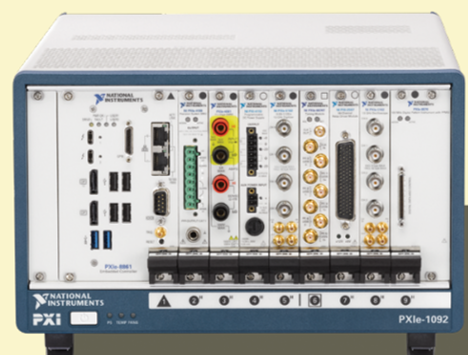SEMICONDUCTOR CHARACTERIZATION LAB
Introduction
The rapid advancement of semiconductor and IC technologies has created a demand for advanced characterization facilities. To address this, we propose establishing a Semiconductor Characterization Laboratory for Mixed-Signal and RF Applications based on the NI PXI Modular Test Platform. This scalable, software-defined system integrates SMUs, DMMs, Digitizers, AWGs, and RF VSAs for seamless synchronization and comprehensive testing — enabling end-to-end characterization from transistor-level IV measurements to RF communication validation.
Objective
- Develop a unified PXI-based test platform for DC, transient, mixed-signal, and RF measurements.
- Enable automated and synchronized testing using LabVIEW and TestStand workflows.
- Characterize and model BJTs, MOSFETs, GaN/SiC HEMTs, MEMS sensors, and RFICs.
- Facilitate mixed-signal and RF circuit performance evaluation.
- Enhance student training using industrial-grade test systems.
- Promote academia–industry collaborative research in semiconductor testing.

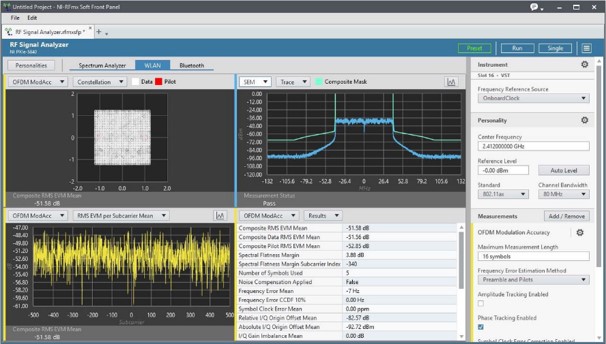
- Modular PXI-based architecture for high synchronization and scalability.
- Integrated SMUs, Digitizers, AWGs, and RF VSAs.
- Software-defined configuration via NI LabVIEW and TestStand.
- Supports DC, AC, and RF characterization.
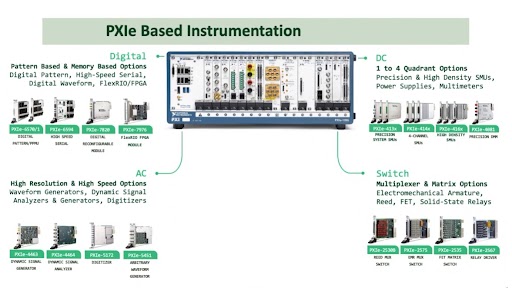
1. PXI Chassis and Embedded Controller - Core Infrastructure
Foundation Components -
PXI Chassis and Embedded Controller form the backbone of the modular instrumentation platform.
PXI Standard Advantage -
PXI (PCI eXtensions for Instrumentation) provides a compact, high-performance, and synchronized environment integrating multiple instruments.
Key Capabilities -
Delivers power, timing, synchronization, and data management infrastructure for efficient testing.
System Configuration -
PXIe-1095: 18-Slot 3U PXI Express Chassis
PXIe-8881: Xeon 4-Core Controller, Windows 10 IoT 64-bit
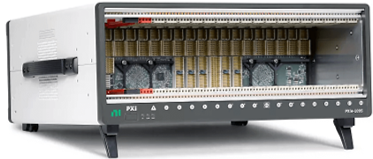
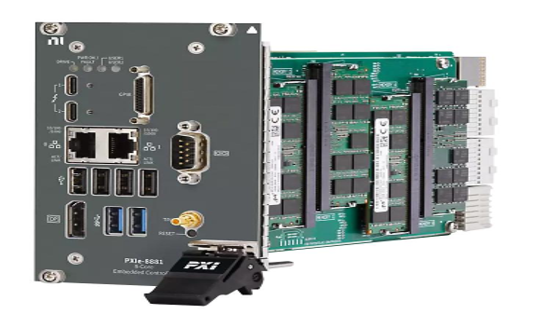
2. Digital Multimeter (DMM) - Precision Measurement Instrument
Core Function -
A Digital Multimeter (DMM) is a fundamental instrument in any Semiconductor Characterization Laboratory.
Measurement Capabilities -
Provides precise, high-resolution measurements of voltage, current, and resistance.
Role in Semiconductor Testing -
Essential for validation, calibration, and verification of DUTs and setups.
System Configuration -
PXIe-4081: High-Performance 7½ Digit DMM and 1000 V Digitizer.

3. Waveform Generator (AWG) - Signal Source Instrument
Core Function -
The Waveform Generator (AWG) is a key instrument in any Semiconductor Characterization Laboratory.
Signal Capabilities -
Provides precise, controllable, and repeatable electrical stimuli for testing analog, digital, and mixed-signal devices.
Role in Semiconductor Testing -
Enables evaluation of dynamic behavior, linearity, switching characteristics, and transient responses.
System Configuration -
PXIe-5433: PXI Waveform Generator, 80 MHz, 16 bits, 800 MS/s, 1 Channel, 512 MB.

4. Oscilloscope - Real-Time Signal Analysis Instrument
Core Function -
The Oscilloscope is an essential instrument for real-time visualization and analysis of electrical signals.
Measurement Capabilities -
Enables engineers to observe, measure, and analyze voltage waveforms over time.
Role in Semiconductor Testing -
Provides deep insight into dynamic device behavior, signal integrity, and transient responses.
System Configuration -
PXIe-5162: 1.5 GHz, 10 bits, 5 GS/s, 2 Channels, 2 GB
PXIe-5164: 400 MHz, 14 bits, 1 GS/s, 2 Channels, 1.5 GB
PXIe-5113: 500 MHz, 8 bits, 3 GS/s, 2 Channels, 64 MB

5. Source Measure Unit (SMU) - Precision Source and Measurement Instrument
Core Function -
A Source Measure Unit (SMU) simultaneously sources voltage or current and measures the corresponding response with high accuracy.
Role in Semiconductor Testing -
Essential for I–V characterization, parameter extraction, and reliability testing of semiconductor devices such as diodes, transistors, sensors, and integrated circuits.
System Configuration -
NI PXIe-4145: 4-Channel Precision SMU, 6V, 500mA
NI PXIe-4139: System SMU with SourceAdapt Technology
NI PXIe-4135: Low Current SMU with SourceAdapt Technology
PXIe-4147: 4-Channel Precision SMU, 8V, 3A.
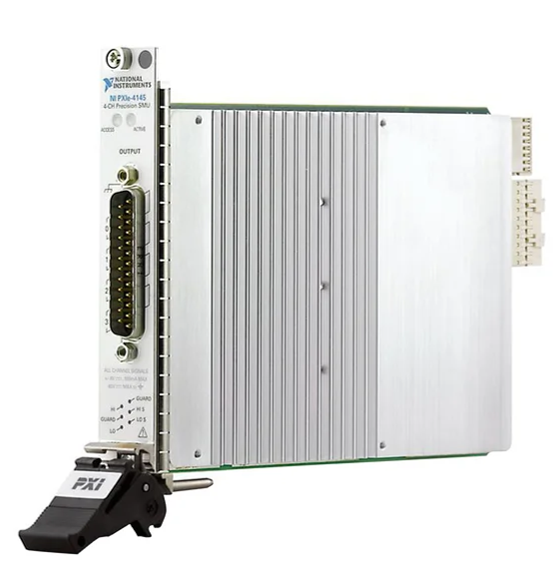
6. R Series Digital I/O (FPGA Based) - Reconfigurable I/O Platform
Core Function -
The NI PXIe-7820R R Series Digital I/O module, powered by a Xilinx Kintex-7 160T FPGA, is a high-performance reconfigurable I/O (RIO) device for customizable, real-time control and high-speed digital interfacing.
Role in Semiconductor Testing -
Bridges measurement instruments and DUTs by enabling deterministic timing, parallel data handling, and programmable digital logic execution directly on the FPGA.
System Configuration -
PXIe-7820R: R Series Digital I/O, Kintex-7 160T FPGA.
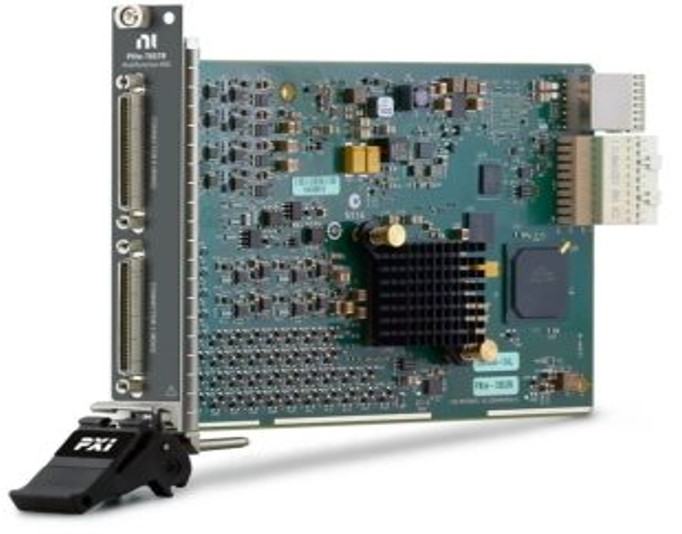
7. Digital Pattern Instrument (DPI) - Digital and Mixed-Signal Test Module
Core Function -
The Digital Pattern Instrument (DPI) is a key component in semiconductor labs for testing digital and mixed-signal devices.
Measurement Capabilities -
Combines the functionality of a digital vector generator, logic analyzer, and parametric measurement unit (PMU).
Role in Semiconductor Testing -
Enables precise control and monitoring of digital I/O lines in synchronization with analog and RF measurements.
System Configuration -
PXIe-6571: Digital Pattern Instrument, 32 Channels
PXIe-6570: Digital Pattern Instrument, 32 Channels
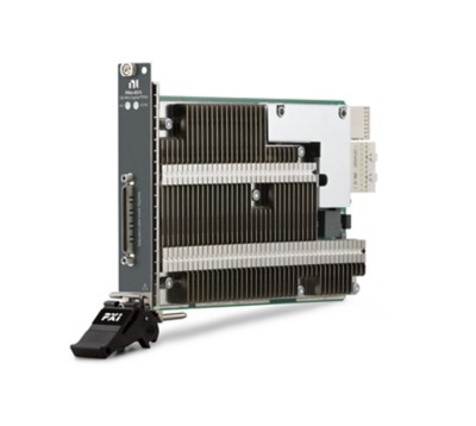
8. Vector Signal Transceiver (VST) - Reconfigurable I/O Platform
Core Function -
The Vector Signal Transceiver (VST) integrates a Vector Signal Generator (VSG) and Vector Signal Analyzer (VSA) with an FPGA-based real-time processor for advanced RF testing.
Role in Semiconductor Testing -
Enables accurate characterization of high-speed RF and mixed-signal semiconductor devices.
System Configuration -
NI PXIe-5842: Vector Signal Transceiver, 23 GHz, 2 GHz Bandwidth.
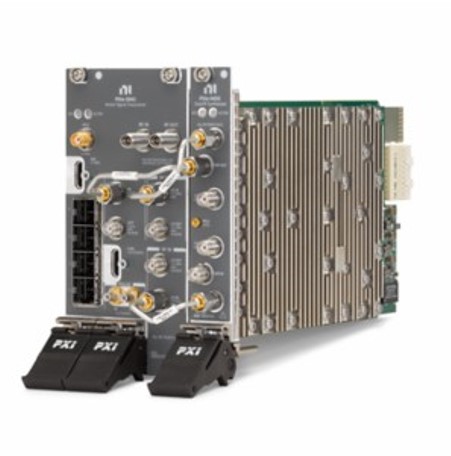
Software Integration and Automation
- LabVIEW - based virtual instruments (VIs) for test automation, parameter visualization.
- Extraction and TestStand framework for multi-device sequencing, pass/fail criteria, and report generation.
- Data export compatibility with MATLAB, Python, and Excel for research and publication.
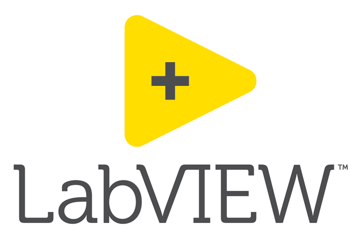

Measurement Capabilities
- DC Characterization: IV, CV, leakage, and breakdown testing.
- Mixed-Signal Analysis: Time-domain waveform capture, pulse response, signal integrity, and digital pattern verification.
- RF Characterization: Spectrum analysis, S-parameter evaluation, power measurement, modulation analysis (AM/FM/QAM), and RF component testing.
- Noise and Linearity Testing: THD, SFDR, SINAD, and phase noise analysis.
Case Studies
Worldwide Standardization of Semiconductor Characterization Test at Melexis
- The Challenge: Implementing a global semiconductor validation test strategy to improve test consistency, coverage, and analysis quality, reducing time to market while enhancing verification and characterization efficiency.
- The Solution: Adopting the PXI platform and establishing global PXI champions across R&D sites to standardize validation practices, improve coverage, and ensure consistent analysis compared to traditional rack-and-stack setups.
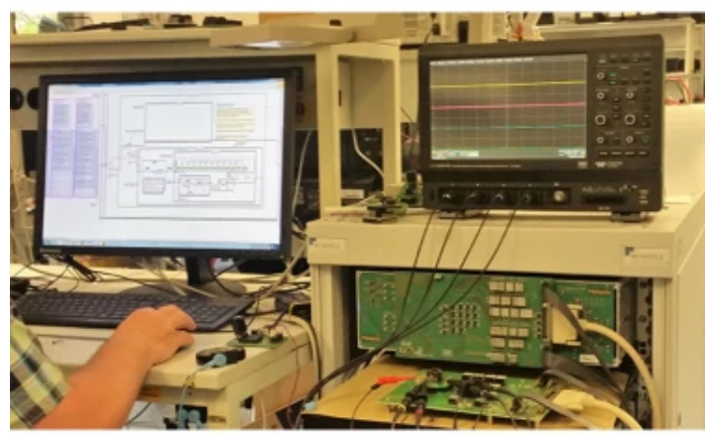
Industry-Proven Customer Success
- Leading semiconductor companies worldwide rely on NI PXI-based systems for repeatable, scalable, and automated test processes.
- Adopted in both R&D and production environments for analog, digital, and RF characterization applications.
- Trusted by global leaders for faster test development, improved yield analysis, and integration with LabVIEW and TestStand automation frameworks.

Conclusion
The NI PXI-Based Semiconductor Characterization Lab serves as a modular, high-performance platform for testing and validating semiconductor devices. By integrating precision DC, RF, digital, and mixed-signal instruments within a unified PXI framework, it bridges academic research and industrial testing needs.
This setup — featuring the SMU, DMM, VST, AWG, DPI, FPGA-based R Series I/O (PXIe-7820R), and Oscilloscope — enables:
- DC and parametric testing for I-V, leakage, and threshold analysis.
- AC and frequency-domain analysis for transient and dynamic behavior.
- RF validation for high-frequency and mixed-signal ICs.
- Digital and FPGA-based automation for real-time testing and control.
